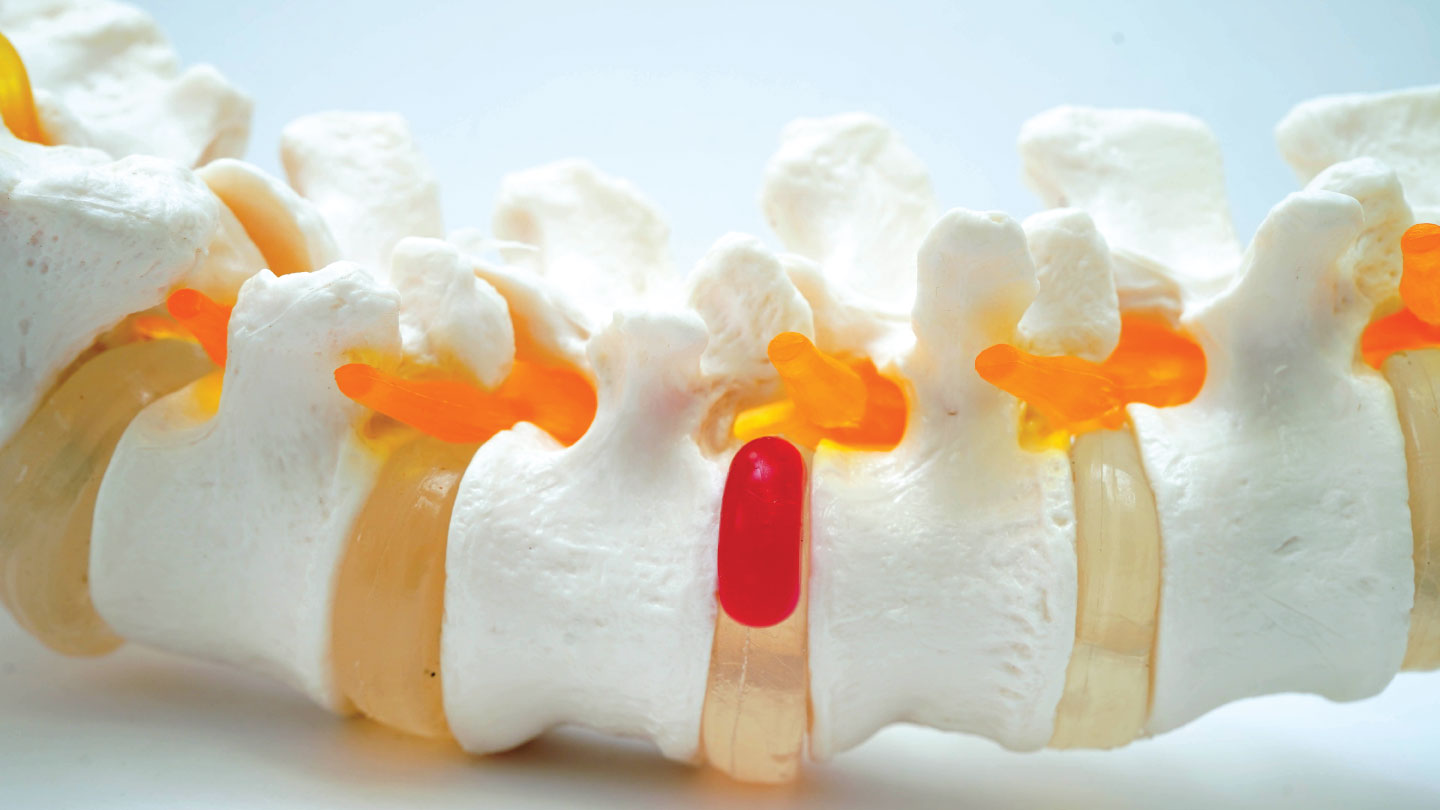Medical
Simple Daily Habits to Prevent a Slip Disc
Your spine is quietly working overtime every single day. However, adopting a few smart habits consistently can help keep it strong, flexible, and pain-free.

A slipped disc isn’t as severe as it sounds, yet it can be surprisingly painful. It occurs when the soft inner part of a spinal disc protrudes through its tougher outer layer. This can irritate nearby nerves, causing pain, tingling, or weakness, often in the lower back or neck.
Related story: Tips From UR.Life LMPT Expert For A Healthier Spine
Not everyone with a slipped disc experiences symptoms. A study published in The New England Journal of Medicine (1994) found that around 30 per cent of adults had disc herniation on MRI scans without any symptoms at all. That means the problem can quietly build over time without much warning.
1. Posture Has a Bigger Impact Than Most People Realise
When you slouch at your desk or lean forward for long periods, your lower back ends up bearing more weight than it should. Over time, this kind of stress can wear down the spine. A 2012 study in the Journal of Orthopaedic & Sports Physical Therapy showed that sitting in a slouched position can increase pressure on the lumbar discs by almost 40 per cent compared to standing.
What helps: Keep your back straight but not stiff. Sit with your feet flat, shoulders relaxed, and lower back supported. A small cushion or rolled towel behind your spine can make a big difference during long work hours.
2. Small Movement Breaks Protect Your Back
Sitting for hours is one of the easiest ways to let your spine stiffen up. When you sit too long, spinal discs lose hydration and flexibility. Getting up even for a few minutes can keep them healthy. A study published in the Spine Journal (2018) found that taking short, light activity breaks every 30 minutes can help ease spinal compression.
What helps: Stand up, stretch, or take a brief walk every half hour. Even a simple shoulder roll, a gentle stretch, or a slow twist can help alleviate pressure on your spine.
Related story: 5 Stretches that Soothe Your Spine
3. A Strong Core Is Like a Built-In Back Brace
Your spine can’t carry everything alone. The surrounding muscles, especially the core, play a huge role in protecting it. When those muscles are strong, they take some of the load off the discs.
What helps: Gentle core exercises, such as Bird Dog, plank, or pelvic tilts, can help build strength without straining the back.
Related story: Better Posture, Better Back: Yoga for a Healthy Spine
4. Lifting the Wrong Way Is a Common Trigger
Many back injuries occur during everyday activities, such as picking up a heavy bag or bucket. Bending forward from the waist puts considerable stress on the spine. Research published in the British Journal of Sports Medicine (2020) highlighted improper lifting as a significant contributor to lumbar disc injuries.
What helps: Bend your knees, keep what you’re lifting close to your body, and use your legs, not your back, to lift. Also, avoid twisting your torso at the same time.
5. Your Sleep Posture Affects Your Spine
Your spine spends hours in one position while you sleep, so how you lie matters. A sagging mattress or awkward sleep posture can strain your back without you realising it. A 2015 study in the Journal of Physical Therapy Science found that good sleep posture can lower spinal pressure and slow disc degeneration.
What helps: Sleeping on your back with a pillow under your knees or on your side with a pillow between your legs can support the spine. A medium-firm mattress often provides the right balance.
Related story: 6 Moves to Ease Back Pain
6. Hydration Isn’t Just Good for Skin
Spinal discs are composed of approximately 80 per cent water. If you don’t stay hydrated, the discs lose some of their natural cushioning ability.
What helps: Keep water nearby and sip throughout the day. It’s a simple habit with real benefits for your spine.
7. Stress Tightens More Than Your Shoulders
Mental stress often manifests physically. It can tighten your back muscles, reduce blood flow, and amplify pain.
What helps: Deep breathing, meditation, gentle yoga, or even a short walk can ease muscle tension and lower your risk of strain.
Recovering from a slipped disc can be a long and frustrating process. Preventing it is far simpler. A few everyday habits, better posture, regular movement, smart lifting, good sleep, and hydration, can go a long way in protecting your back. Your spine supports every move you make. Treating it well doesn’t require a big lifestyle overhaul, just steady, practical choices that become part of your daily routine.
Related story: 6 Tips to Ease Back Pain As Per Latest Research
These changes don’t need to be complicated. They just need to be consistent. Because when your spine feels supported, everything else in your body works a little smoother, too.
Make movement part of your everyday life. Join our home workout and take that first step toward feeling stronger.
EXPLORE MORE
Beyond preventing pregnancy, oral contraceptives subtly shape the body’s biochemistry, nutrient status, and even neural pathways. Here’s how it impacts your overall well-being, often in ways you’ve never heard before.
Emerging research reveals that even mild dehydration can elevate your body’s stress hormone, cortisol. Discover how staying hydrated supports better stress resilience, balanced mood, and hormonal health.
You don’t have to give up the ladoos or the laughter. Here’s how to enjoy the festivities without letting diabetes get in the way.
October is the ideal time to take a pause and get your health in order. From blood tests to cancer screenings, here’s why preventive care this month could make all the difference.








.jpg)
.jpg)
